Yes, shoes can significantly impact calf pain. Improper footwear often leads to discomfort and strain in the calves.
Selecting the right pair of shoes is crucial for maintaining not just foot health but also for ensuring overall leg comfort, including your calves. Shoes that lack proper support or do not fit well can lead to an array of issues, from muscle fatigue to more serious conditions such as shin splints or Achilles tendonitis.
Whether you’re an athlete, a daily commuter, or someone who stands for extended periods, understanding the connection between footwear and calf pain is essential. A well-rounded introduction to this topic would address the importance of ergonomic and supportive shoes, the biomechanical relationship between your feet and calf muscles, and the potential risks associated with neglecting this aspect of your health. By choosing shoes that provide adequate cushioning and support, you can help prevent calf pain and enhance your overall comfort and mobility.
The Connection Between Shoes And Calf Pain
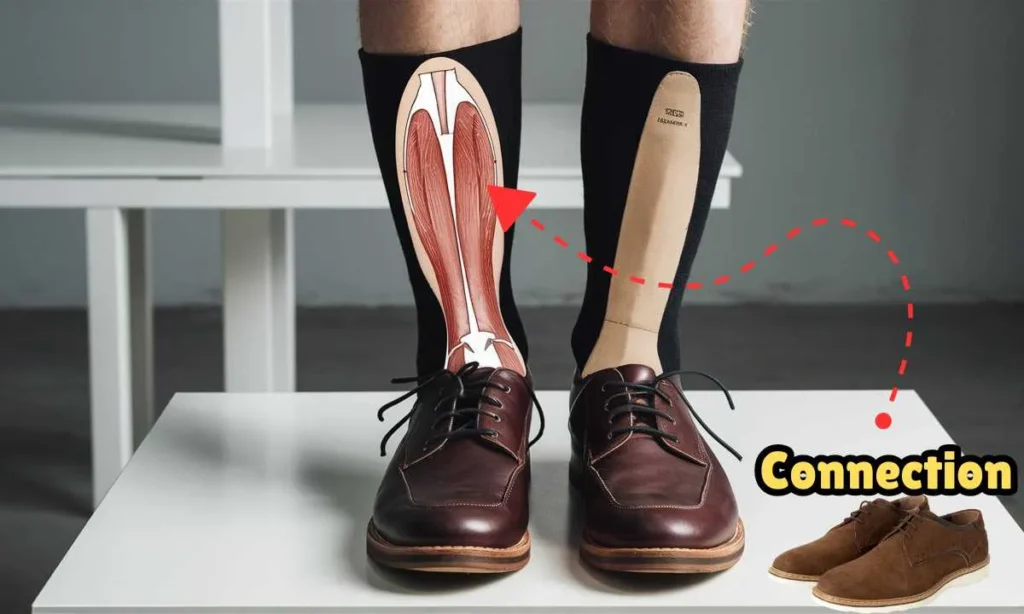
The Connection Between Shoes and Calf Pain is often overlooked. Yet, it’s crucial to understand. Your shoes play a big part in how your legs feel each day. Choose the wrong pair, and you might end up with sore calves. The right shoes can help prevent this discomfort. Let’s explore how different shoes impact your calf muscles and the role of support in keeping pain at bay.
Impact Of Shoe Type On Calf Muscles
Shoes are not just fashion statements; they are essential for proper foot support. The type of shoe you wear can have a major impact on your calf muscles. Here’s why:
- High Heels: They tilt your body forward, making your calves work harder to keep you balanced. This can lead to strain and pain over time.
- Flat Shoes: Lack of cushioning can lead to insufficient shock absorption, stressing your calves.
- Running Shoes: These are designed to absorb impact but worn-out soles can lead to poor calf support.
Consider a table comparing shoe types:
| Shoe Type | Impact on Calves |
|---|---|
| High Heels | Increased strain on muscles |
| Flat Shoes | Potential for stress due to lack of support |
| Running Shoes | Good support but requires frequent replacement |
Choosing the right shoe type is key to keeping your calves happy. Aim for shoes with a balance of comfort and support.
Role Of Shoe Support In Calf Pain
It’s not just about the type of shoe, but also the support they offer. Good shoe support can mean the difference between pain and comfort. Here’s what to look for:
- Arch Support: Proper arch support helps distribute weight evenly, reducing calf strain.
- Cushioning: This absorbs shock, protecting your calves from the impact of each step.
- Heel Cup: A well-designed heel cup keeps your foot stable, preventing unnecessary calf movement.
Shoes with good support will help maintain proper leg alignment. This, in turn, reduces the work your calves have to do. Look for shoes that offer these features to help keep calf pain at bay:
| Feature | Benefit |
|---|---|
| Arch Support | Even weight distribution |
| Cushioning | Shock absorption |
| Heel Cup | Foot stability |
Choosing shoes with proper support is crucial for calf health. Make sure to replace your shoes regularly to maintain this support.
Choosing The Right Shoes
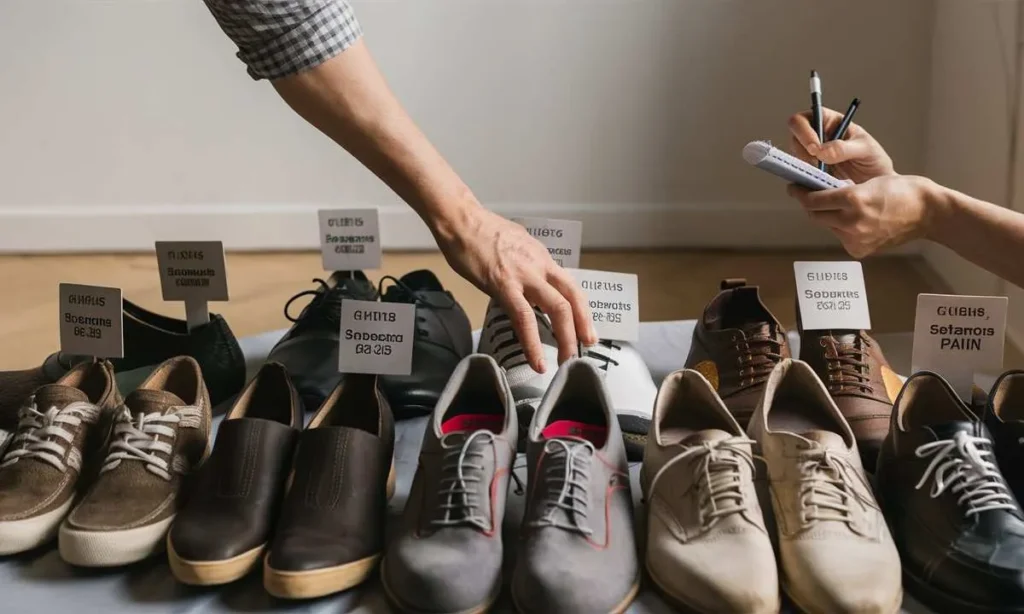
Do shoes affect the way my calves hurt? This question puzzles many. The truth is, the shoes you wear play a huge role in calf comfort. Choosing the right shoes is essential for healthy, pain-free legs. Let’s look at how the right footwear can help prevent calf pain.
Understanding Calf Anatomy
The calf is made up of muscles, tendons, and bones that work together. Pain can come from overuse, strain, or the wrong shoes. Here’s a quick look at calf anatomy:
- Gastrocnemius Muscle: The big muscle at the back of the lower leg.
- Soleus Muscle: A smaller muscle below the gastrocnemius.
- Achilles Tendon: Connects the calf muscles to the heel bone.
These parts need support from shoes to avoid pain. Shoes should have a good fit, support the arch, and have the right heel height. A table can show the link between shoe features and calf health:
| Shoe Feature | Benefits |
|---|---|
| Heel Cushioning | Reduces impact on calves |
| Arch Support | Aligns the leg to prevent strain |
| Flexible Sole | Allows natural calf movement |
Impact Of Heel Height
Heel height changes how your calf muscles work. High heels can cause short, tight calf muscles. Flat shoes may not give enough support. Here’s the impact of heel height on calves:
- High Heels: They tilt your body forward, putting extra strain on your calves.
- Flat Shoes: They can lead to fallen arches and extra calf stress.
- Mid-Heel Shoes: They are often the best choice for calf health.
Choose shoes with a heel height that feels natural and supports your feet. Aim for a heel between 1-2 inches for the best balance.
Importance Of Arch Support
Arch support is key for calf health. Flat feet or high arches can hurt your calves. Shoes with good arch support can help. They keep your body aligned and reduce calf pain. Look for shoes with these features:
- Insoles: They add extra cushioning and support.
- Arch Fit: Shoes should match your arch height.
- Material: Soft, flexible materials can adapt to your foot shape.
Wearing shoes with proper arch support can stop your calves from hurting. It keeps your legs and feet happy and healthy.
Common Mistakes In Shoe Selection
Many people wonder, Do shoes affect how my calves hurt? The answer is yes. Choosing the right shoes is key to avoiding calf pain. But, people often make mistakes when picking shoes. Let’s talk about these mistakes and how to fix them.
Ignoring Cushioning
Ignoring cushioning is a big mistake. Cushioning in shoes helps protect your legs from hard impacts. Without it, every step can hurt your calves. Here’s why cushioning matters:
- Absorbs shock: It keeps your legs safe from the hard ground.
- Reduces stress: It cuts down on the strain on your calves.
- Improves comfort: Makes walking or running feel better.
Look at this table to see how different activities need different cushioning:
| Activity | Type of Cushioning |
|---|---|
| Walking | Medium |
| Running | High |
| Hiking | Variable |
Choose shoes with the right cushioning for your activities. It will help keep your calves happy.
Overlooking Shoe Flexibility
Overlooking shoe flexibility is another mistake. Flexible shoes move with your feet, making walking or running smooth. Stiff shoes can hurt your calves. Here’s why flexibility is important:
- Moves with your foot: Flexible shoes bend as your foot bends.
- Prevents injuries: They help avoid strain on your calves.
- Increases comfort: Makes your steps feel natural and easy.
Consider these points to find flexible shoes:
- Try bending the shoe. It should bend near the ball of the foot.
- Look for a soft, flexible sole that grips well.
- Choose materials like canvas or soft leather for more give.
Flexible shoes support your calves and make walking or running a joy. Avoid stiff shoes to keep calf pain away.
Exercises And Stretches For Calf Pain Relief
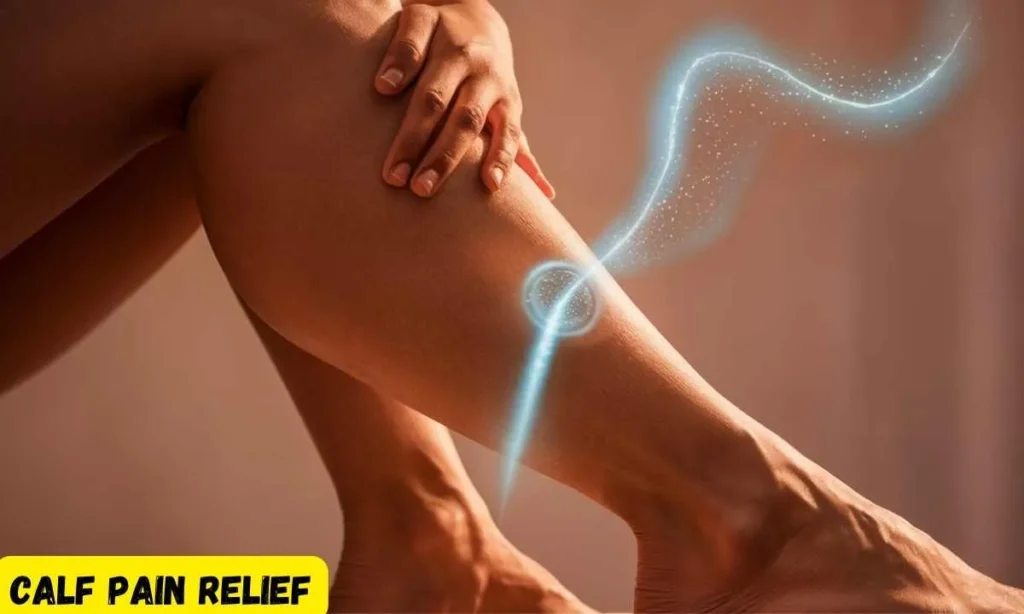
Do you often feel pain in your calves after a long walk or run? The right shoes can make a big difference. They support your feet and can prevent pain. But shoes are not the only answer. Simple exercises and stretches can also help. They can make your calves stronger and more flexible. This can reduce pain and prevent future issues. Below are easy calf exercises and stretches for pain relief.
Calf-strengthening Exercises
Strong calves are happy calves. Here are some exercises to build strength:
- Heel Raises: Stand tall. Lift your heels off the ground. Hold it. Slowly lower back down. Repeat.
- Calf Raises on a Step: Stand with just your toes on a step. Drop your heels down. Then push up high. This works the muscles more.
Try these exercises every other day:
| Exercise | Sets | Reps |
|---|---|---|
| Heel Raises | 3 | 15 |
| Calf Raises on a Step | 3 | 12 |
Start with a few. Add more as you get stronger. Be sure to warm up first. A short walk or jog will do.
Effective Calf Stretches
Stretching keeps your calves from getting tight. Here are some good stretches:
- Wall Stretch: Face a wall. Put your hands on it. Step one foot back. Keep your heel down. Lean forward. Feel the stretch. Hold it. Switch feet.
- Towel Stretch: Sit with your legs straight. Loop a towel around your foot. Pull it towards you. Keep your knee straight. Hold the stretch.
Do these stretches daily:
| Stretch | Hold Time | Reps |
| Wall Stretch | 30 seconds | 3 each leg |
| Towel Stretch | 20 seconds | 4 each leg |
Remember to stretch gently. Don’t bounce. It can hurt your muscles. Ease into each stretch. Stop if you feel pain.
Seeking Professional Help
Shoes play a big role in how our legs feel. The wrong pair can make your calves scream! When your calf muscles start to protest, it’s smart to ask for expert advice. Let’s explore why seeing a specialist and getting therapy can be game-changers for your leg health.
Consulting A Podiatrist
When your calves hurt, a podiatrist can be your best friend. These doctors know all about feet and how they impact your legs. They’ll check out your shoes and your walk. Let’s break down what they do:
- Examine your shoes: They see if your shoes fit right and support you.
- Watch you walk: They look at your steps to find any issues.
- Offer solutions: They might suggest new shoes or special insoles.
They might use tools to learn more about your feet. Here’s a table of common ones:
| Tool | Use |
|---|---|
| Gait Analysis | Checks how you walk or run |
| Pressure Plate | Sees where your feet press down most |
| 3D Scanner | Gets a detailed picture of your foot shape |
A podiatrist might tell you to get custom orthotics. These are made just for you and can help a lot with calf pain. They make sure your foot lands right when you walk or run. This can mean less pain and happy calves!
Physical Therapy For Calf Pain
Physical therapy is another way to ease calf pain. Therapists teach you exercises to make your calves stronger and more flexible. They also use hands-on techniques to help your muscles relax. Here’s what you can expect:
- Stretching: Makes your muscles longer and stops them from getting too tight.
- Strengthening: Builds up weak muscles so they can do their job without getting hurt.
- Massage: Works out knots and eases muscle tension.
Therapists can also use tools to help your calves. Look at these common ones:
| Tool | What It Does |
|---|---|
| Ultrasound | Deep heat for healing and pain relief |
| TENS Unit | Electric pulses to calm pain signals |
| Foam Roller | Self-massage to loosen tight muscles |
Physical therapy can take time and effort, but it’s worth it. Your therapist will work with you to make a plan that fits your life. They’ll make sure you know how to do each exercise safely. With their help, you can say goodbye to calf pain and keep it away!
Frequently Asked Questions
Can Shoes Make Your Calves Hurt?
Yes, shoes can indeed cause calf pain. Poorly fitting or unsupportive footwear can lead to strain and discomfort in your calves. Opt for well-cushioned, supportive shoes to prevent such issues. Always ensure your footwear matches your activity level for optimal calf health.
Can Barefoot Shoes Cause Calf Pain?
Barefoot shoes can lead to calf pain as they alter your gait and require stronger calf muscles. Transitioning gradually to barefoot shoes is key to avoiding discomfort.
Why Do My Calves Hurt After Wearing Flat Shoes?
Wearing flat shoes can lead to calf pain due to inadequate support, which strains muscles. Transitioning to flats from heels suddenly may also cause discomfort as muscles adjust. Consider arch-supporting insoles or gradually introducing flats to your routine to alleviate pain.
Conclusion
Wrapping up, it’s clear that footwear plays a pivotal role in calf discomfort. Choosing the right shoes can alleviate pain and enhance comfort. Remember to prioritize proper fit and support. Your calves will thank you as you stride with ease.
Keep stepping smartly for happier, healthier legs.
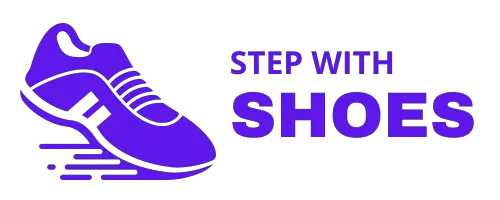
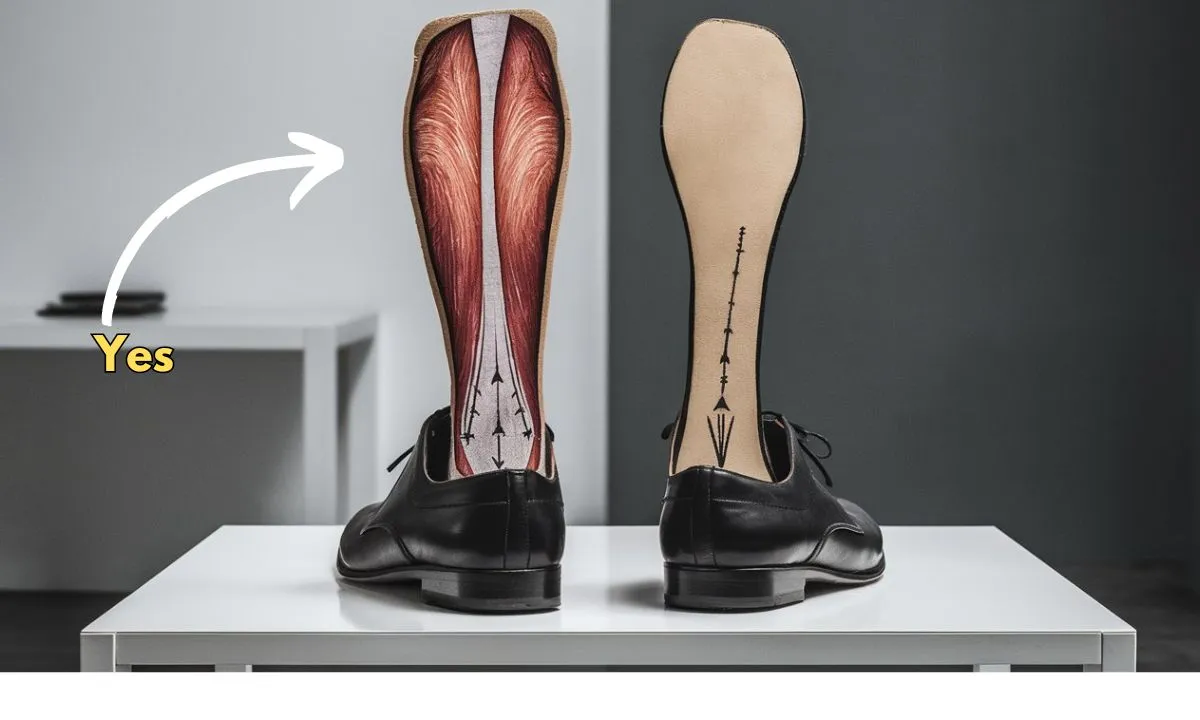
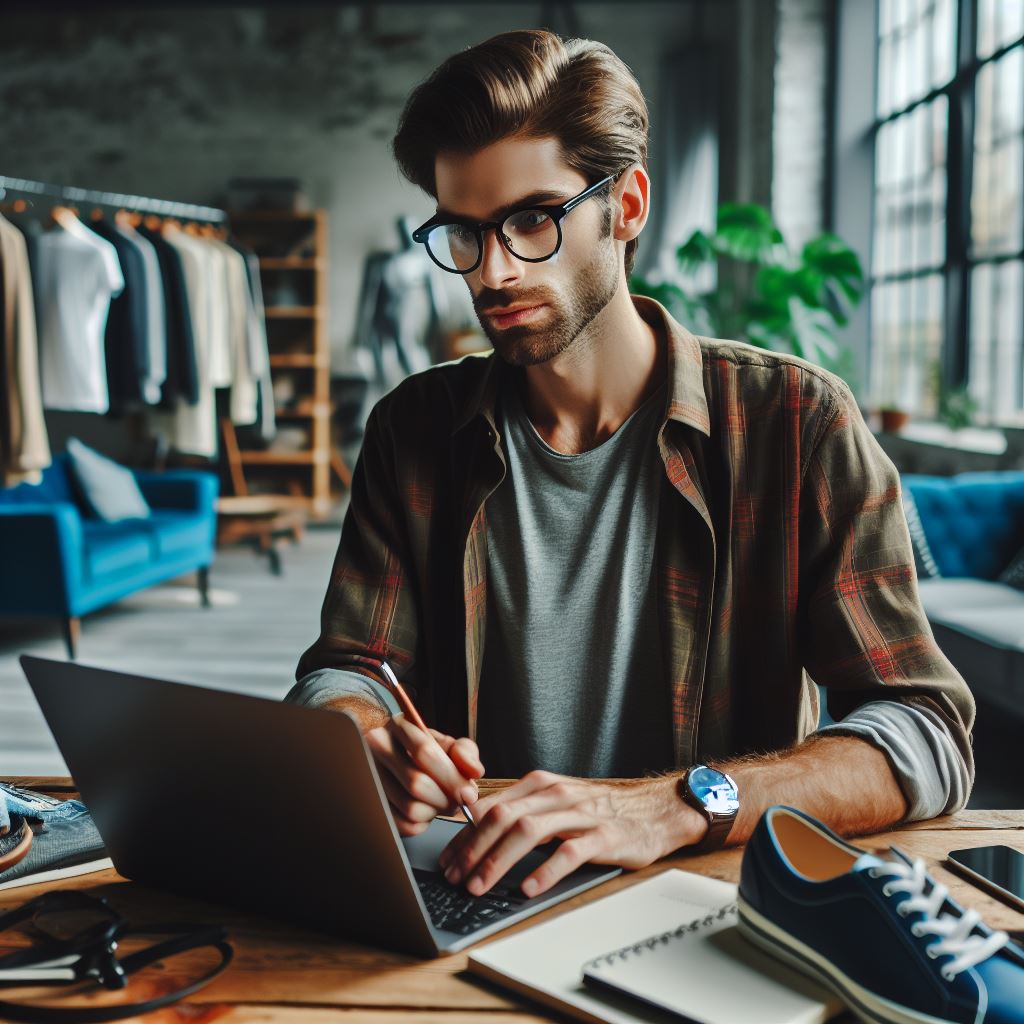
Leave a Reply